Archaeology / Archaeological Method & Theory
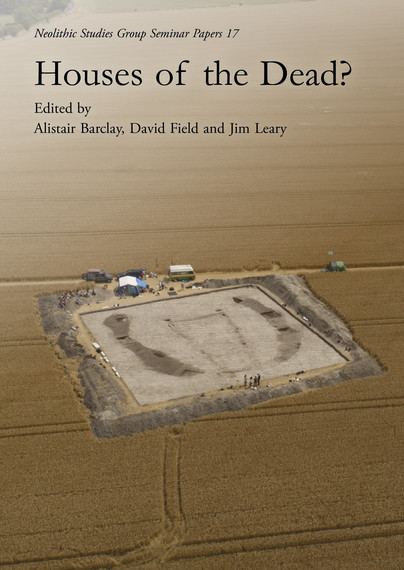
Format: Paperback
Pages: 216
ISBN: 9781789254105
Pub Date: 15 Feb 2020
Series: Neolithic Studies Group Seminar Papers
Description:
The chronological disjuncture, LBK longhouses have widely been considered to provide ancestral influence for both rectangular and trapezoidal long barrows and cairns, but with the discovery and excavation of more houses in recent times is it possible to observe evidence of more contemporary inspiration. What do the features found beneath long mounds tell us about this and to what extent do they represent domestic structures. Indeed, how can we distinguish between domestic houses or halls and those that may have been constructed for ritual purposes or ended up beneath mounds?
Do so called 'mortuary enclosures' reflect ritual or domestic architecture and did side ditches always provide material for a mound or for building construction? This collection of papers seeks to explore the interface between structures often considered to be those of the living with those for the dead.
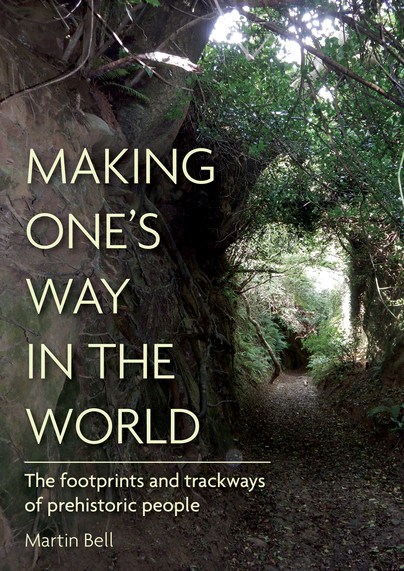
Format: Hardback
Pages: 320
ISBN: 9781789254020
Pub Date: 31 Jan 2020
Description:
The book draws on the evidence of landscape archaeology, palaeoenvironmental studies, ethnohistory and animal tracking to address the neglected topic of how we identify and interpret past patterns of movement in the landscape. It challenges the pessimism of previous generations which regarded prehistoric routes such as hollow ways as generally undatable. The premise is that archaeologists tend to focus on ‘sites’ while neglecting the patterns of habitual movement that made them part of living landscapes.
Evidence of past movement is considered in a multi-scalar way from the individual footprint to the long distance path including the traces created in vegetation by animal and human movement. It is argued that routes may be perpetuated over long timescales creating landscape structures which influence the activities of subsequent generations. In other instances radical changes of axes of communication and landscape structures provide evidence of upheaval and social change. Palaeoenvironmental and ethnohistorical evidence from the American North West coast sets the scene with evidence for the effects of burning, animal movement, faeces deposition and transplantation which can create readable routes along which are favoured resources. Evidence from European hunter-gatherer sites hints at similar practices of niche construction on a range of spatial scales. On a local scale, footprints help to establish axes of movement, the locations of lost settlements and activity areas. Wood trackways likewise provide evidence of favoured patterns of movement and past settlement location. Among early farming communities alignments of burial mounds, enclosure entrances and other monuments indicate axes of communication. From the middle Bronze Age in Europe there is more clearly defined evidence of trackways flanked by ditches and fields. Landscape scale survey and excavation enables the dating of trackways using spatial relationships with dated features and many examples indicate long-term continuity of routeways. Where fields flank routeways a range of methods, including scientific approaches, provide dates. Prehistorians have often assumed that Ridgeways provided the main axes of early movement but there is little evidence for their early origins and rather better evidence for early routes crossing topography and providing connections between different environmental zones. The book concludes with a case study of the Weald of South East England which demonstrates that some axes of cross topographic movement used as droveways, and generally considered as early medieval, can be shown to be of prehistoric origin. One reason that dryland routes have proved difficult to recognise is that insufficient attention has been paid to the parts played by riverine and maritime longer distance communication. It is argued that understanding the origins of the paths we use today contributes to appreciation of the distinctive qualities of landscapes. Appreciation will help to bring about effective strategies for conservation of mutual benefit to people and wildlife by maintaining and enhancing corridors of connectivity between different landscape zones including fragmented nature reserves and valued places. In these ways an understanding of past routeways can contribute to sustainable landscapes, communities and quality of life.
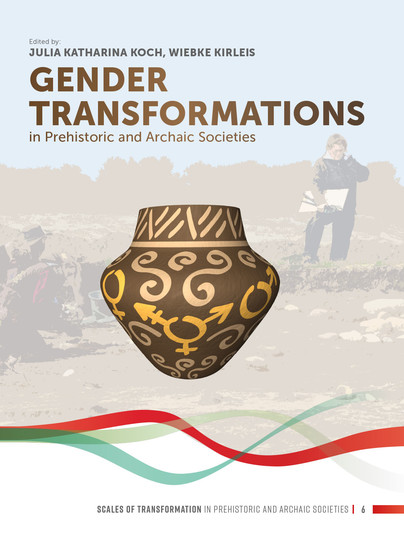
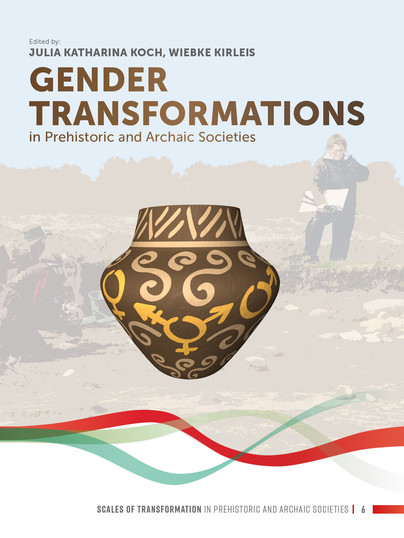
Pages: 500
ISBN: 9789088908224
Pub Date: 17 Dec 2019
Series: Scales of Transformation
Pages: 500
ISBN: 9789088908217
Pub Date: 17 Dec 2019
Series: Scales of Transformation
Description:
In which chronological, spatial, and social contexts is gender a relevant social category that is noticeable in the archaeological material? How can transformations in social gender relations and identity be recognized archaeologically? Is the identity of prehistoric people defined by gender?
If so, what is the accompanying cultural context? What about gender equality among the scientists working in archaeology? In what degree are research teams, as well as their scientific approaches, biased today? These and other burning questions are intensively discussed in this volume, which comprises 25 contributions presented at the international workshop ‘Gender Transformations in Prehistoric and Archaic Societies’, organised by the Collaborative Research Centre 1266 of Kiel University funded by the German Research Foundation (DFG). The workshop offered a platform to discuss a broad range of approaches on the inter-dependencies between gender relations and socio-environmental transformation processes. Beyond a focus on the archaeology of women, gender archaeology offers a variety of possibilities to reconstruct the contribution of social groups differentiated e.g. by age, gender, and activities related to cultural transformation, based on the archaeological material. Thus, this volume includes papers dealing with different socio-economic units, from south-western Europe to Central Asia, between 15,000 and 1 BCE, paying particular attention to the scale of social reach. Since gender archaeology, and in particular feminist archaeology, also addresses the issue of scientific objectivity or bias, parts of this volume are dedicated to equal opportunity matters in archaeological academia across the globe. This is realised by bringing together feminist and female experiences from a range of countries, each with its own specific individual, cultural, and social perspectives and traditions. The papers are organised along three central topics: ‘Gendering fieldwork’, ‘Tracing gender transformations’, and ‘Gendering and shaping the environment’. By gendering the archaeological discussion on transformation processes, the contributions aim to more firmly embed gender-sensitive research in the archaeological agenda, not just in Europe, but world-wide.
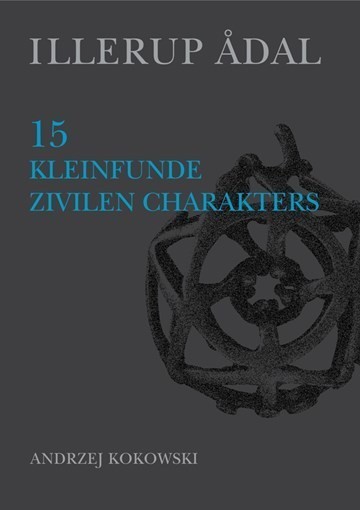
Format: Hardback
Pages: 235
ISBN: 9788793423398
Pub Date: 01 Dec 2019
Illustrations: Illustrations, black and white
Description:
Illerup vol. 15 is the last volume in the many publications about the sacrificial weapons find by Danish Illerup Ådal from the late Iron Age. This volume is about the many non-military finds, such as dice for board games, beads, jewellery, amulets, etc.
– things that the soldiers have worn as jewellery around their necks, or in purses on their belts. These items therefore give a unique insight into the soldiers’ everyday lives, their appearance and identity.
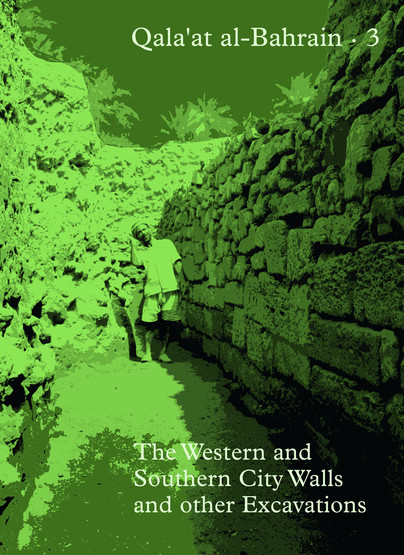
Format: Hardback
Pages: 213
ISBN: 9788793423282
Pub Date: 01 Dec 2019
Description:
The capital of ancient Dilmun, Qala’at al-Bahrain, the most important archaeological site in East Arabia, was excavated in 1954-1978 by a Danish expedition from Moesgaard Museum. The first two volumes were published in 1994 and 1997, dealing with the northern city wall, the Islamic fortress and the central monumental buildings. The third volume covers the remaining 13 excavations, presenting their architectures and stratigraphies.
A detailed treatment of the finds is given, stamp seals, inscriptions, figurines, incense burners, human bones, pottery, etc., dating from the late 3rd millennium to the Islamic period.
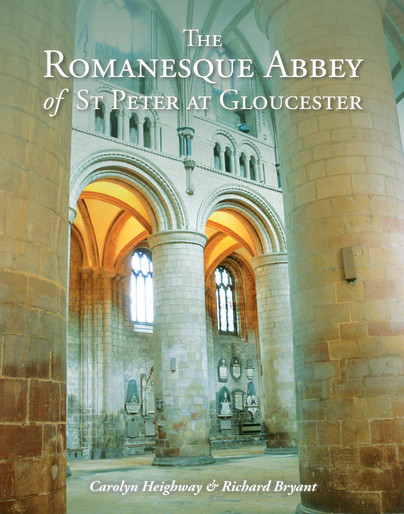
Format: Paperback
Pages: 128
ISBN: 9781789254143
Pub Date: 15 Nov 2019
Illustrations: Colour illustratons
Description:
This book was inspired by the records made by Carolyn Heighway during the thirty years when she was archaeological consultant at Gloucester Cathedral. The survival of so much of the abbey of 1089 is remarkable, and often not appreciated by the casual visitor since it is ingeniously overlaid by Gothic alterations. Since 2000, surveys have been produced which enable accurate plans and elevations to be made which clarify the late 11th and early 12th century appearance of the building; deductions have also been made from archaeological observations.
Since there are almost no documents for the abbey before the 15th century which relate to construction matters, the building itself is primary evidence, and archaeology is an important element. The book is lavishly illustrated with photographs, plans and measured drawings including accurate reconstructions; comparative scale plans of Worcester and Tewkesbury are also included. The late 11th-12th century church is described in detail, along with the surviving claustral buildings. There is a chapter on polychromy and on the surviving 11th-12th century sculpture, and a full bibliography. The whole is set in context by Malcolm Thurlby, who comments on the wider sources and associations.
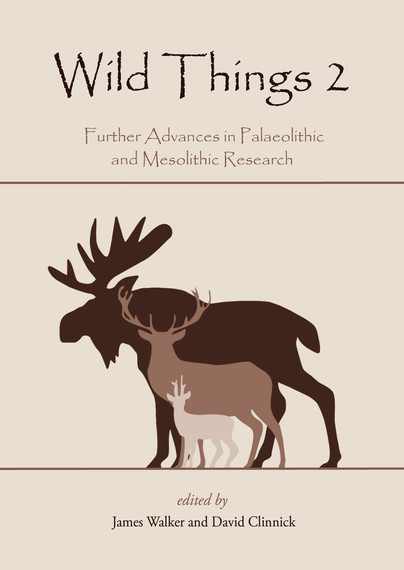
Format: Paperback
Pages: 208
ISBN: 9781785709463
Pub Date: 31 Oct 2019
Description:
Building on the first Wild Things volume (Oxbow Books 2014) which aimed to showcase the research putting archaeologists researching the Palaeolithic and Mesolithic at the cutting edge of understanding humanity’s past, this collection of contributions presents recent research from an international group of both early career and established scientists.Covering aspects of both Palaeolithic and Mesolithic research in order to encourage dialogue between practitioners of archaeology of both periods, contributions are also geographically diverse, touching on British, European, North American and Asian archaeology. Topics covered include transitional periods, deer and people, stone tool technologies, pottery, land-use, antler frontlets, and the development of prehistoric archaeology an 'age of wonder'.
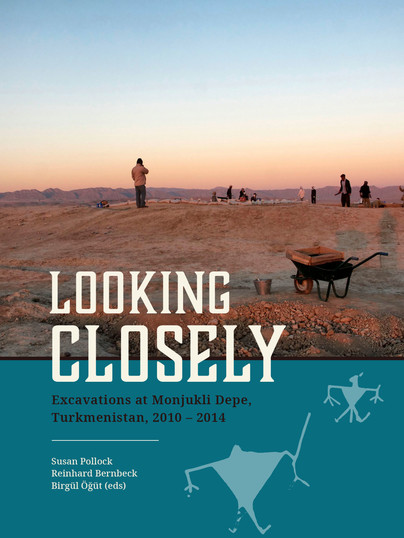
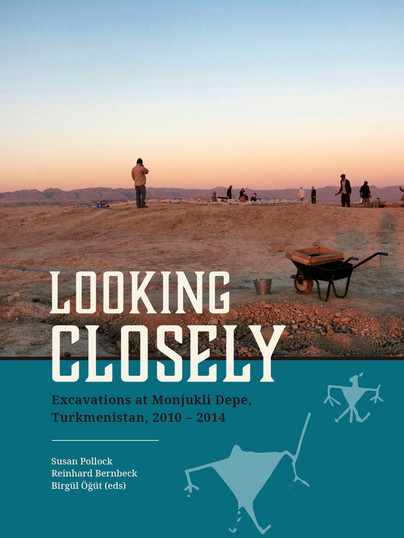
Pages: 500
ISBN: 9789088907678
Pub Date: 10 Oct 2019
Illustrations: 195fc/117bw
Pages: 500
ISBN: 9789088907654
Pub Date: 10 Oct 2019
Illustrations: 195fc/117bw
Description:
Soviet archaeological research in southern Turkmenistan revealed a series of small Late Neolithic and Aeneolithic villages strung along the streams that emerge from the Kopet Dag and water the narrow foothill zone separating the mountains from the Kara Kum desert. A commonly accepted premise of their work was that these communities garnered their technological knowledge if not their populations from regions to the south and west in present-day Iran.Since 2010 we have reinvestigated one of these sites, the small Late Neolithic (ca.
6200-5600 BCE) and early Aeneolithic (ca. 4800-4350 BCE) village of Monjukli Depe. Our research examines microhistories of cultural techniques as a source of insights into long-term and spatially extensive change as well as internal variations and similarities in material practices. This volume presents results of this work. A Bayesian modeling of 14C dates demonstrates a long hiatus between the Neolithic and Aeneolithic strata of the site as well as a hitherto unattested very early Aeneolithic phase (“Meana Horizon”). A sequence of densely built, well preserved Aeneolithic houses exhibits marked similarities to earlier Neolithic architecture in the region. Despite overall standardized plans, the houses reveal significant variations in internal features and practices. Similar flexibility within a set of common dispositions is evident in burial practices. Very limited quantities of pottery offer a stark contrast to the frequent occurrence of spindle whorls, indicating a substantial production of thread, and to a large and varied assemblage of clay tokens. A wide variety of fire installations attests to routinized handling of fire, which did not prevent at least one building from succumbing to a conflagration. Animal herding was heavily based on sheep and goats, while cattle figured prominently in feasts. The Meana tradition at Monjukli Depe exhibits significant structural similarities to other early village societies in Western Asia and will make this volume of interest to scholars working on similar times and contexts.
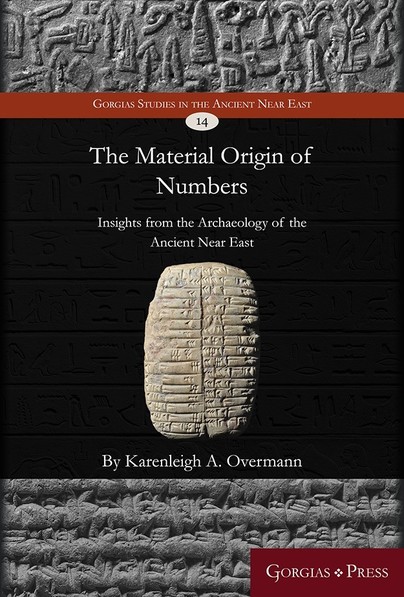
Format: Hardback
Pages: 310
ISBN: 9781463207434
Pub Date: 25 Sep 2019
Description:
The Material Origin of Numbers examines how number concepts are realized, represented, manipulated, and elaborated. Utilizing the cognitive archaeological framework of Material Engagement Theory and culling data from disciplines including neuroscience, ethnography, linguistics, and archaeology, Overmann offers a methodologically rich study of numbers and number concepts in the ancient Near East from the late Upper Paleolithic Period through the Bronze Age.
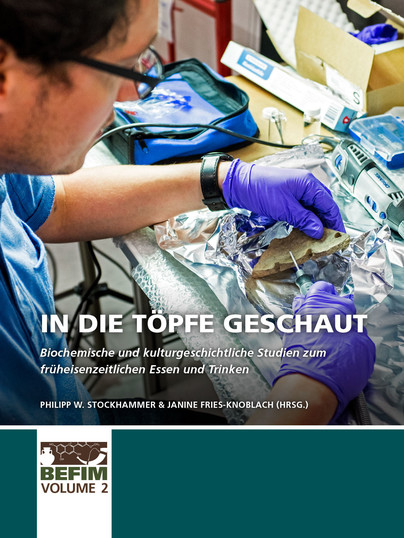
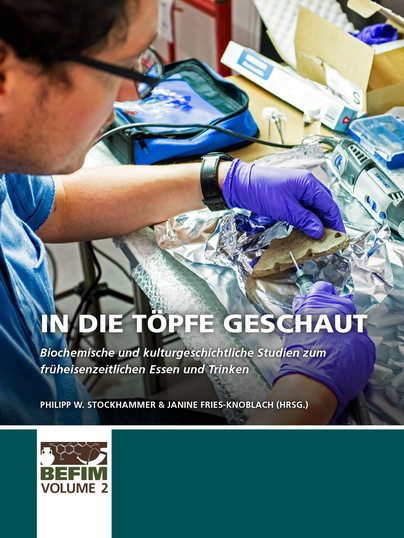
Pages: 330
ISBN: 9789088907708
Pub Date: 24 Sep 2019
Series: BEFIM
Illustrations: 100fc/10bw
Pages: 330
ISBN: 9789088907685
Pub Date: 24 Sep 2019
Series: BEFIM
Illustrations: 100fc/10bw
Description:
Abstract German: Band 2 der BEFIM-Reihe enthält sieben Beiträge des BEFIM-Teams und enger Kooperationspartner. Die Zwischenberichte aus Band 1 werden darin vertieft, abgeschlossen und in Gesamtinterpretationen eingebettet. Ein einleitender Artikel befasst sich einführungs- und überblicksartig mit der Aussagekraft von Biomarkern und Isotopenanalysen bei der Untersuchung alter organischer Reste.
Den Kern bilden drei Aufsätze, die den eigentlichen archäologisch-naturwissenschaftlichen Ergebnissen von BEFIM gewidmet sind. Der erste Beitrag bettet die Nahrungsrückstandsanalysen an Keramik aus den Altgrabungen (1950-85) sowie aus den jüngeren Ausgrabungen in der Vorburgsiedlung (2004-08) bzw. auf dem Plateau der Heuneburg (2015) in ihren archäologischen Kontext ein. Die Keramik aus relevanten Befundzusammenhängen erlaubt hierbei eine räumlich und zeitlich differenzierte Betrachtung bezüglich Ess- und Trinkgewohnheiten und Gefäßnutzung. Im zweiten Teil werden die Analyseergebnisse für lokale und importierte Keramik aus den alten, jüngeren und laufenden Grabungen auf dem und um den Mont Lassois mit Befundkontexten und formenkundlichen Aspekten verbunden. Auf diese Weise gelingt ein Vergleich des Gebrauchs unterschiedlicher Gefäßformen und gattungen in den verschiedenen Siedlungsbereichen. Als drittes werden die Ergebnisse der Nahrungsrückstandsanalysen zum Breisacher Münsterberg in ihrem archäologischen Zusammenhang präsentiert. Darauf folgt ein Aufsatz zur musealen Umsetzung der BEFIM-Ergebnisse im Landesmuseum Württemberg in Stuttgart. Den Abschluss bilden zwei geschlechtergeschichtliche Beiträge zur Frage von Alkohol in der Lebenswelt von Frauen in alten Kulturen Europas und des Nahen Ostens unter den Aspekten von Herstellung, Ausschank, Handel, Kulthandlungen und Konsum sowie zu Geschlechterklischees bei der Interpretation eisenzeitlicher Prunkgräber. Der Band richtet sich mit seinen teils generellen, teils speziellen Aufsätzen an ein breites akademisches Publikum von Universitäten, Museen und Denkmalpflege sowie an Studierende und interessierte Laien.Abstract English:Volume 2 of the BEFIM series contains seven papers by the BEFIM team and close co-operation partners. The interim reports of BEFIM 1 are enhanced, finalised, and integrated into overall interpretations. An introductory paper provides insights into and an overview of the potential of biomarker and isotopic analysis in studying ancient organic residues. The core of the book consist of three articles on the final archaeo-scientific results of BEFIM. The first one integrates the organic residue analyses (ORA) of pottery from the old excavations (1950-85) and recent excavations at both the Vorburg settlement (2004-08) and on the plateau (2015) of the Heuneburg into their archaeological contexts. The pottery from relevant find contexts allows for a spatially and temporally differentiated view of eating and drinking habits and vessel usage. The second paper combines the ORA results of local and imported pottery from early, younger, and current excavations on and around the Mont Lassios with excavation contexts and aspects of vessel shapes. By doing so, it becomes possible to compare the use of different vessel shapes and wares in each of the settlement zones. The third text presents the results of food residue analyses from Breisach-Münsterberg in their archaeological context. This is followed by an article on the museological implementation of BEFIM’s results in the Landesmuseum Württemberg in Stuttgart. The volume ends with two gender-historical contributions, one on the question of alcohol in the female sphere of life in ancient cultures of Europe and the Near East with regard to production, distribution, trade, ritual, and consumption, the other on gender stereotypes in the interpretation of ostentatious Iron Age graves. The volume with its partly general, partly specific papers aims at both a wide academic audience (universities, museums, heritage authorities) and at students and interested non-professionals.
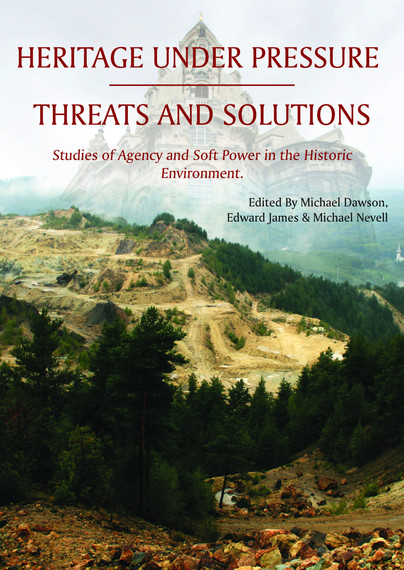
Format: Paperback
Pages: 336
ISBN: 9781789252460
Pub Date: 15 Aug 2019
Illustrations: 124 images
Description:
Heritage under Pressure examines the relationship between the political perspective of the UK government on 'soft power' and the globalising effect of projects carried out by archaeologists and heritage professionals working in the historic environment. It exemplifies the nature of professional engagement and the role of the profession in working towards a theory of practice based on the integrity of data, the recovery and communication of information, and the application of data in real world situations. Individual papers raise complex and challenging issues, such as commemoration, identity, and political intervention.
A further aim of the volume is to illustrate the role of professionals adhering to standards forged in the UK, in the context of world heritage under pressure. Papers also contribute to the emerging agenda developing as a result of the re-orientation of the UK following the Brexit vote, at once emphasising the global aspiration of the Uk’s professional archaeological body – the Chartered Institute for Archaeologists – in relation to the global reach of UK academic practice. By implication the volume also addresses the relationship between professional practice and academic endeavour. The volume as a whole contributes to the emerging debate on the authorised heritage discourse and provides an agenda for the future of the profession.
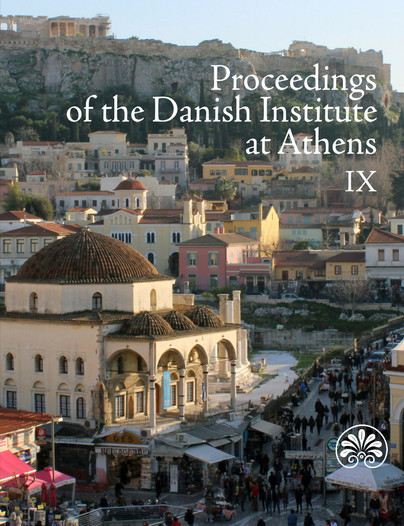
Format: Paperback
Pages: 205
ISBN: 9788771848182
Pub Date: 01 Aug 2019
Series: Proceedings of the Danish Institute at Athens
Description:
Proceedings of the well-esteemed Danish Institute in Athens conducting several archaeological excavations in Greece. This is the ninth volume of the journal. It includes articles on archaeology, art history, ancient and modern Greek history, philology and literature.
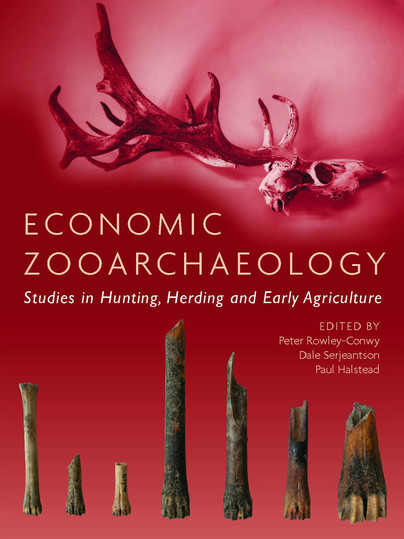
Format: Paperback
Pages: 320
ISBN: 9781789253405
Pub Date: 25 Jul 2019
Illustrations: b/w
Description:
Economic archaeology is the study of how past peoples exploited animals and plants, using as evidence the remains of those animals and plants. The animal side is usually termed zooarchaeology, the plant side archaeobotany. What distinguishes them from other studies of ancient animals and plants is that their ultimate aim is to find out about human behaviour – the animal and plant remains are a means to this end.
The 33 papers present a wide array of topics covering many areas of archaeological interest. Aspects of method and theory, animal bone identification, human palaeopathology, prehistoric animal utilisation in South America, and the study of dog cemeteries are covered. The long-running controversy over the milking of animals and the use of dairy products by humans is discussed as is the ecological impact of hunting by farmers, with studies from Serbia and Syria. For Britain, coverage extends from Mesolithic Star Carr, via the origins of agriculture and the farmers of Lismore Fields, through considerations of the Neolithic and Bronze Age. Outside Britain, papers discuss Neolithic subsistence in Cyprus and Croatia, Iron Age society in Spain, Medieval and post-medieval animal utilisation in northern Russia, and the claimed finding of a modern red deer skeleton in Egypt’s Eastern Desert. In exploring these themes, this volume celebrates the life and work of Tony Legge (zoo)archaeologist and teacher.
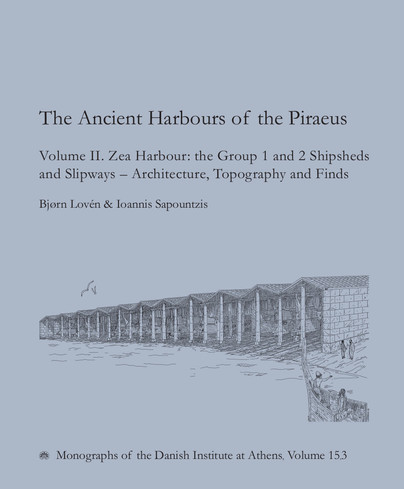
Format: Hardback
Pages: 252
ISBN: 9788771848021
Pub Date: 20 Jul 2019
Illustrations: 37 figs., 32 plates
Description:
Volume 15,3: Architecture, Topography, Finds. Expanding on the publication of the shipsheds and slipways found in the northern half of Group 1 (Area 1) on the eastern side of Zea Harbour in Volume I.1–2 (2011) of the peer-reviewed Ancient Harbours of the Piraeus series, Volume II presents further results of the archaeological investigations conducted by the Zea Harbour Project (ZHP) in 2004-2010 and 2012 of ancient shipsheds and slipways in Zea Harbour (Pashalimani), both identified and possible, making them the best documented structures in Athens’ naval bases and in the wider Mediterranean.
Approximately half of Volume II is devoted to the remains of shipsheds and possible shipsheds in the southern half of Group 1 (Area 2), while studies of structures identified as wide unroofed slipways in Group 2 (Area 3) on the south-eastern side of the same harbour basin occupy the balance of the book. After Chapter 1’s introduction to terminology and methodology, Chapter 2 presents the architecture of the shipsheds and possible shipsheds found in the southern half of Group 1 (Area 2), along with the arrangement and topography of this massive naval complex, which in the 4th century BC covered between 11,630 m2 and 11,989 m2. Chapter 3 examines and catalogues the ceramics and other small finds discovered in the same area, discussing their excavation contexts, composition, and chronological significance. Chapter 4 focuses on the architecture and topography of seven wide, unroofed slipways found in Group 2 in the northern part of Area 3 that represent a building type previously unknown in the Piraeus, probably designed either for a larger warship known as the penteres (‘five’), introduced into the Athenian navy between 329/8 BC and 326/5 BC, or for a larger Hellenistic-period warship type. Chapter 5 analyses and catalogues the ceramic small finds recovered during the excavation of the structures featured in Chapter 4. Chapter 6 presents the new evidence regarding relative sea-level change in the harbours of Zea and Mounichia and its impact on the reconstructed lengths and layouts of the slipways and shipsheds at Zea in Group 1 (Areas 1–2) along with the wide slipways of Group 2, including greater accuracy in the recalculated lengths of the Group 1 shipsheds and slipways presented in Volume I; furthermore, it reaffirms the validity of the ZHP’s methodology and published results in relation to shipsheds around the Mediterranean. Chapter 7 recapitulates the authors’ topographical, architectural, and chronological conclusions regarding the complexes at Zea and Mounichia, which contain the only identifiable shipsheds for triremes anywhere in the ancient world. Descriptive catalogues of the Area 2 and 3 quarries and Area 2 trenches (Appendices 1–2), Figures, and Plates complete the volume.
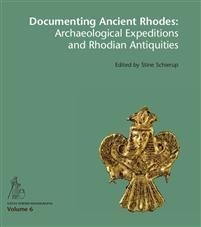
Format: Hardback
Pages: 336
ISBN: 9788771249873
Pub Date: 20 Jun 2019
Series: Gösta Enbom Monographs
Description:
The island of Rhodes in the south-eastern Aegean is in a strategic position for sea-routes between west and east. Its four ancient city-states, Lindos, Kamiros, Ialysos, and from the end of the fifth century BC the new capital of Rhodes, have all provided significant evidence for the political and cultural importance of the island throughout Antiquity. The islands rich historical past has attracted the interest of travelers, archaeologists and scholars over the centuries.
Their travelogues, letters, diaries and drawings contains a plethora of information, and constitute an essential and valuable source for the ongoing research in ancient Rhodes. The papers included in this volume throw new light on the early exploration history of Rhodes. From the earliest documented discoveries to the more systematic work done by British, French, Danish and Italian archaeologists. What are the sources for these early activities and how do they contribute to and challenge our understanding of the ancient sites and the archaeological material they yielded? How may archaeological finds that came to European museums in this period be re-contextualised and, through new analytical methods, continue to enrich our understanding of ancient Rhodes? And, finally, what are the challenges for more recent excavation and restoration work carried out at the sites that were first excavated in this formative period of archaeological research? These and many more questions will be addressed in this book by a number of leading scholars within the field.
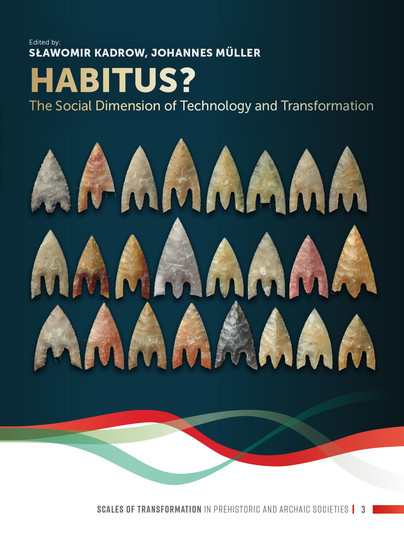
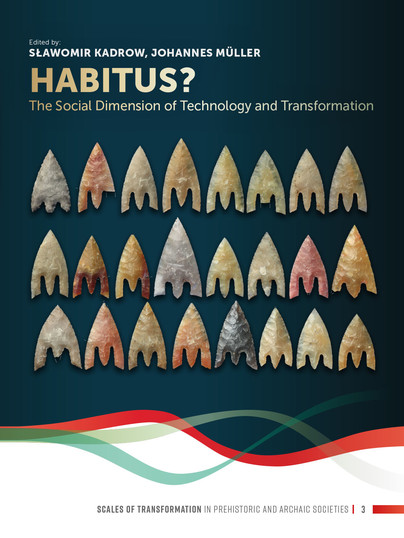
Pages: 236
ISBN: 9789088907845
Pub Date: 12 Jun 2019
Series: Scales of Transformation
Illustrations: 65fc/15bw
Pages: 236
ISBN: 9789088907838
Pub Date: 12 Jun 2019
Series: Scales of Transformation
Illustrations: 65fc/15bw
Description:
The issue of the social dimension of technology and transformation, seen from the perspective of ‘Habitus’, has repeatedly been discussed in the scientific discourse exploring prehistoric and archaic communities. However, the complexity of related phenomena constantly provokes new approaches in different archaeological contexts, which leads to interesting findings.By presenting the latest studies on the social dimension of technology and transformation, this book contributes to a better understanding of a system of embodied dispositions hidden within Bourdieu's concept of ‘Habitus’.
These studies mainly cover European areas; from Scandinavia to Italy, the Balkans to the British Isles, and Ukraine to the Northern Caucasus. In addition, ethnoarchaeological field studies from distant Indonesia are used to interpret the Hallstatt Culture in Europe. The papers span a chronological dimension from the Neolithic to the beginning of the Iron Age and in summary include a diachronic perspective. Rock art, Trypillian megasites, stone axes and adzes, metallurgy, wagons, archery items, ceramics produced on potter’s wheels, mechanisms of cultural genesis and dualistic social systems are examples of the topics discussed. This book also provides comments on Pierre Bourdieu's theory of practice, including the concept of ‘Habitus’. This book is addressed to international academia, presenting an important set of information and interpretations for archaeologists and readers interested in European prehistory. It comprises contributions to the CRC 1266 International Workshop ‘Habitus? The Social Dimension of Technology and Transformation’, held in 2018 at Kiel University.




















